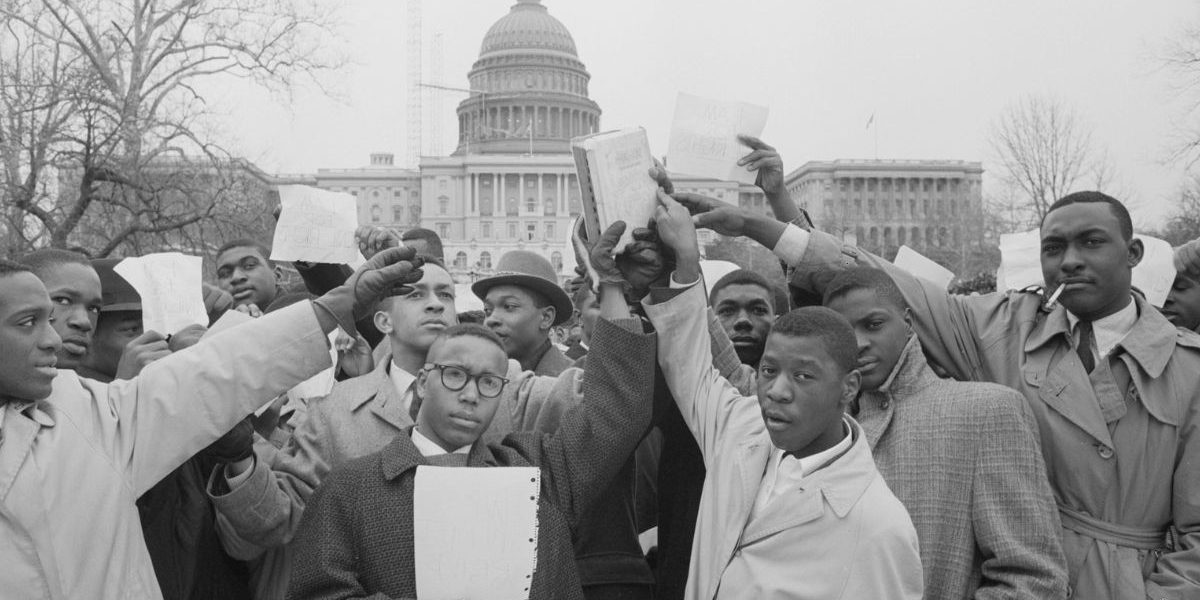When modern immigration debates flare up, it’s easy to think everything happening now is completely new. But many of today’s conversations echo moments from the past. From restrictive laws to open-door policies, history has shown us how immigration decisions shape national identity, economy, and public sentiment. Looking back gives context—and sometimes guidance—for how we move forward.
History doesn’t repeat itself exactly, but it often rhymes. The way governments responded to immigration a hundred years ago can still teach us about managing today’s global movements. Understanding how past policies worked—or didn’t—offers clarity in a space often clouded by fear, politics, and fast headlines.
What the Past Can Teach Us About Immigration Policy
- Early policies often reflected national fears and economic uncertainty.
- Shifts in law followed major global events, like wars and depressions.
- Some policies led to growth and innovation, while others resulted in harm or exclusion.
- Learning from successes and mistakes can help shape better decisions today.
The Chinese Exclusion Act and the Rise of Restriction
In 1882, the U.S. passed the Chinese Exclusion Act, one of the first major federal immigration restrictions. It specifically barred Chinese laborers from entering the country. This law reflected widespread fear that immigrants were taking jobs and lowering wages. Instead of addressing labor conditions or economic concerns directly, policy targeted a specific ethnic group.
This decision had long-lasting effects, creating a framework for future restrictive immigration laws and contributing to anti-Asian sentiment for generations. While the law was repealed in the 1940s, its shadow lingers. It remains a reminder of how policy rooted in fear or prejudice can cause long-term damage.
Ellis Island and the Era of Open Immigration
Contrast that with the late 1800s and early 1900s, when Ellis Island welcomed millions of European immigrants. There were limits, but for many families fleeing war, poverty, or persecution, the U.S. represented a fresh start. This era helped build the modern American economy. Immigrants worked in factories, built infrastructure, and started businesses that would later become national institutions.
Still, there were tensions. Some worried too many new arrivals would change the cultural fabric. But the legacy of that period is often viewed as one of opportunity and growth. These stories shape the identity of nations built by migration.
The 1924 Immigration Act and National Quotas
In 1924, the U.S. passed the Immigration Act, setting national origin quotas that favored Northern and Western Europeans. The goal was to “preserve” a certain demographic balance, limiting Southern and Eastern European migration.
This policy marked a dramatic turn from previous openness and had ripple effects for years. It kept out Jewish refugees during the rise of Nazi Germany and shut doors on people fleeing violence or poverty. The act reflected xenophobic fears more than economic or security needs.
It wasn’t until the 1960s that this quota system was replaced by a preference for family reunification and skilled workers. This shift helped make immigration more inclusive and shaped the diverse landscape of modern America.
Post-War Reforms and Refugee Resettlement
After World War II, global displacement reached historic levels. In response, the U.S. and other countries began to build systems for refugee resettlement. Programs like the Displaced Persons Act of 1948 acknowledged that people fleeing conflict needed legal protection—not just punishment for crossing borders.
This period introduced the idea that immigration policy should also reflect humanitarian values, not just labor markets or border control. It laid the groundwork for today’s refugee programs, even as those programs remain politically contentious.
The 1986 IRCA and Balancing Enforcement with Amnesty
Fast forward to 1986, when the U.S. passed the Immigration Reform and Control Act (IRCA). It was a compromise—amnesty for millions of undocumented immigrants in exchange for stricter enforcement and employer penalties.
The law legalized about 3 million people. But the enforcement promises didn’t fully materialize, leading some to argue the law encouraged future unauthorized immigration. Still, it showed that broad policy changes are possible when both sides negotiate in good faith.
The debate over enforcement vs. compassion continues today. Some see IRCA as a success in giving people legal status. Others argue that without sustained border management, the cycle repeats.
More Recent Policies and Public Sentiment
The early 2000s brought heightened focus on national security. After 9/11, immigration became more closely tied to security concerns. Laws expanded screening and enforcement powers. At the same time, programs like DACA (Deferred Action for Childhood Arrivals) aimed to protect individuals brought to the country as children.
In more recent years, immigration policy has swung between restriction and relief, often depending on which party holds power. Temporary bans, changes to asylum procedures, and shifts in refugee caps have all sparked intense public debate. Each policy shift reflects not only political agendas but public sentiment shaped by media, fear, and hope.
Learning from Successes and Failures
Looking at history shows that immigration policies based on fear, discrimination, or political calculation often backfire. They create division, harm communities, and sometimes violate human rights. On the other hand, policies focused on fairness, opportunity, and long-term planning tend to lead to stability and economic growth.
Nations that embrace immigration as part of their identity often benefit from new ideas, labor, and cultural richness. Those that close their doors often lose out in the long run. It’s not just about numbers or borders—it’s about values, systems, and vision.
Immigration policy isn’t easy. But history gives us real examples to learn from. It’s not about repeating the past—it’s about understanding it. Every decision has consequences, and by looking back, we can make better choices moving forward.
